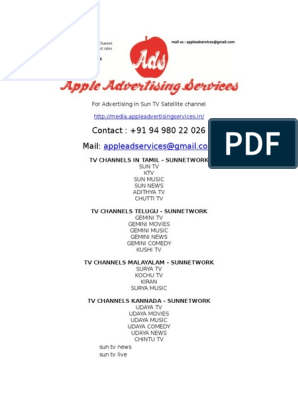0% found this document useful (0 votes)
96 views12 pagesAlternative Data for Financial Insights
The document discusses alternative data analytics and describes modules for harnessing alternative data including a data mart, feature store, ML models, and use cases. It provides examples of alternative data sources like mobile, telecom, and social media data. It also describes how the feature store can be used to accelerate feature engineering for predictive modeling. Additionally, it provides examples of how natural language processing can be used to extract features from text data like SMS messages to generate customer insights and features for decisioning.
Uploaded by
Brijesh Kumar GiriCopyright
© © All Rights Reserved
We take content rights seriously. If you suspect this is your content, claim it here.
Available Formats
Download as PPTX, PDF, TXT or read online on Scribd
0% found this document useful (0 votes)
96 views12 pagesAlternative Data for Financial Insights
The document discusses alternative data analytics and describes modules for harnessing alternative data including a data mart, feature store, ML models, and use cases. It provides examples of alternative data sources like mobile, telecom, and social media data. It also describes how the feature store can be used to accelerate feature engineering for predictive modeling. Additionally, it provides examples of how natural language processing can be used to extract features from text data like SMS messages to generate customer insights and features for decisioning.
Uploaded by
Brijesh Kumar GiriCopyright
© © All Rights Reserved
We take content rights seriously. If you suspect this is your content, claim it here.
Available Formats
Download as PPTX, PDF, TXT or read online on Scribd
/ 12

























































































